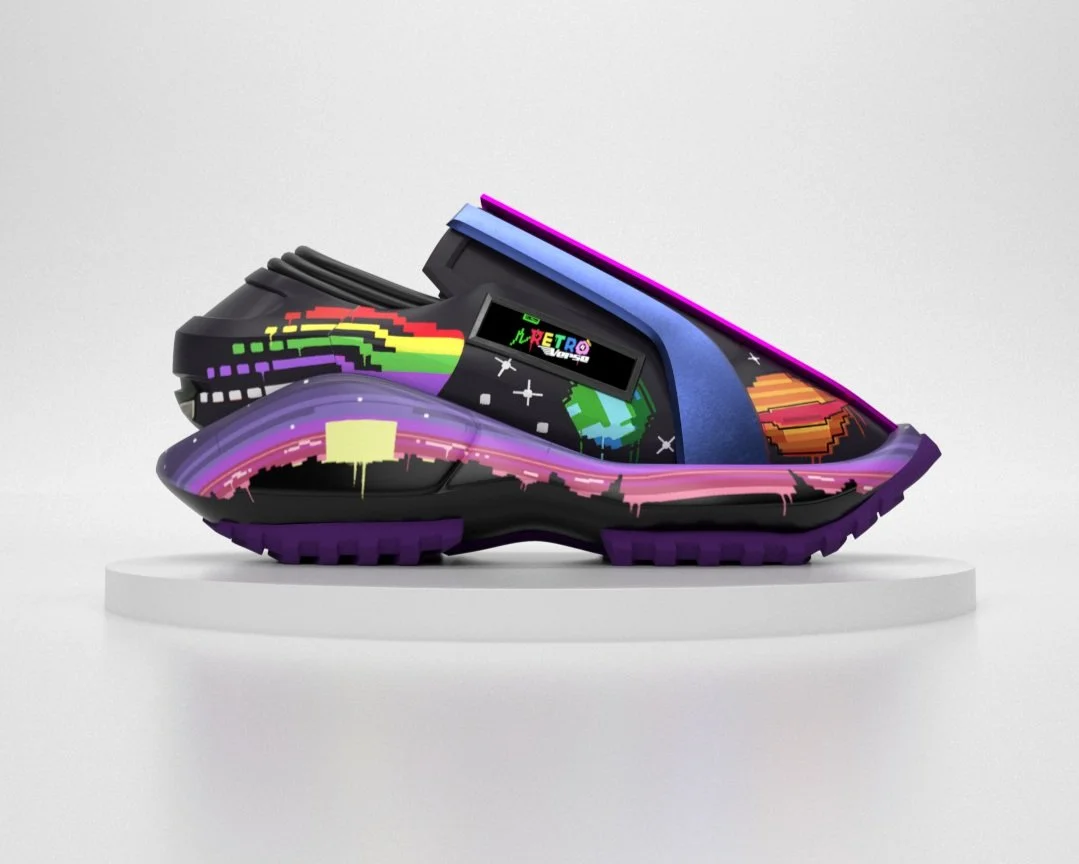Book review: Future Now: Virtual Sneakers to Cutting-Edge Kicks
I must admit to being one of those people who likes collecting exhibition publications. On occasion, I also actually read them. From the V&A’s Shoes: Pleasure and Pain to the Barbican’s The Vulgar: Fashion Redefined, or MoMA at NGV: 130 Years of Modern and Contemporary Art, my bookshelf is alive with the stories, perspectives and worlds these exhibitions have brought to life.
But if you’re into footwear, the Bata Shoe Museum’s publication for their exhibition Future Now: Virtual Sneakers to Cutting-Edge Kicks, published by Rizzoli Electa, is truly something to behold (and read!). Whether you design, produce, collect or study shoes, as with all publications by Bata’s Senior Curator and footwear expert Elizabeth Semmelhack, this book is something no one in the field should be without.
Now in its last few days, the exhibition tracks footwear innovations from the mechanisation of production in the 19th century and the development of synthetic materials to the virtual sneakers and NFTs that are taking the world by storm today. With a particular focus on sustainability and virtual reality, exhibits represent milestone innovations that address the complicated legacy of mass production and consumption.
As with all good exhibition publications, all 254 pages are beautifully illustrated and provide a deep dive into the context, inspiration and development of the ground-breaking shoes on show.
Starting (as it should) with the fiction-turned-reality story of Marty McFly’s iconic self-lacing sneakers from Back to the Future II, the book is divided into four key themes: Innovative, Sustainable, Transformative and Virtual, each of which is packed with case studies and original interviews with established and emerging designers, collectives and educators.
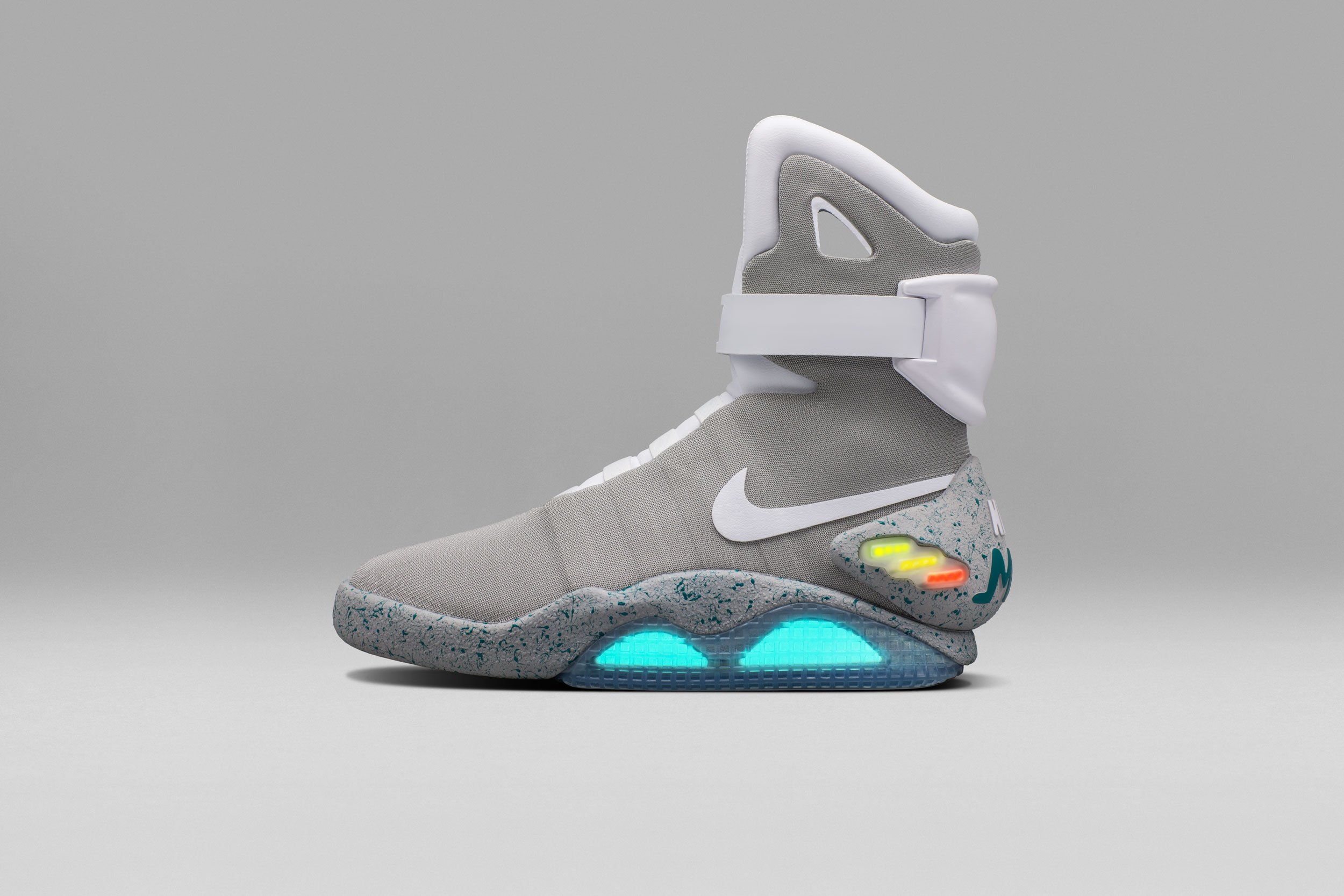
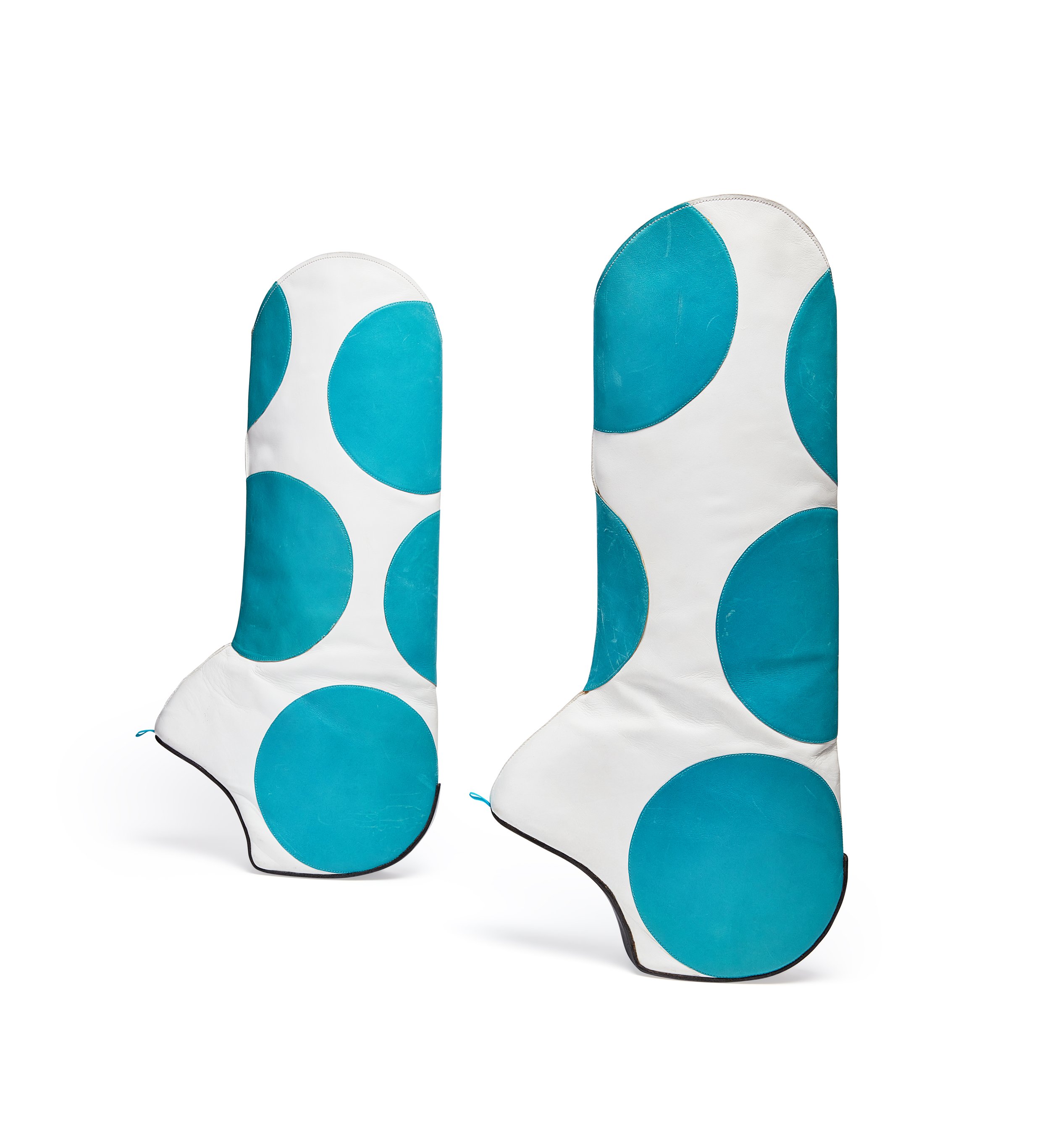
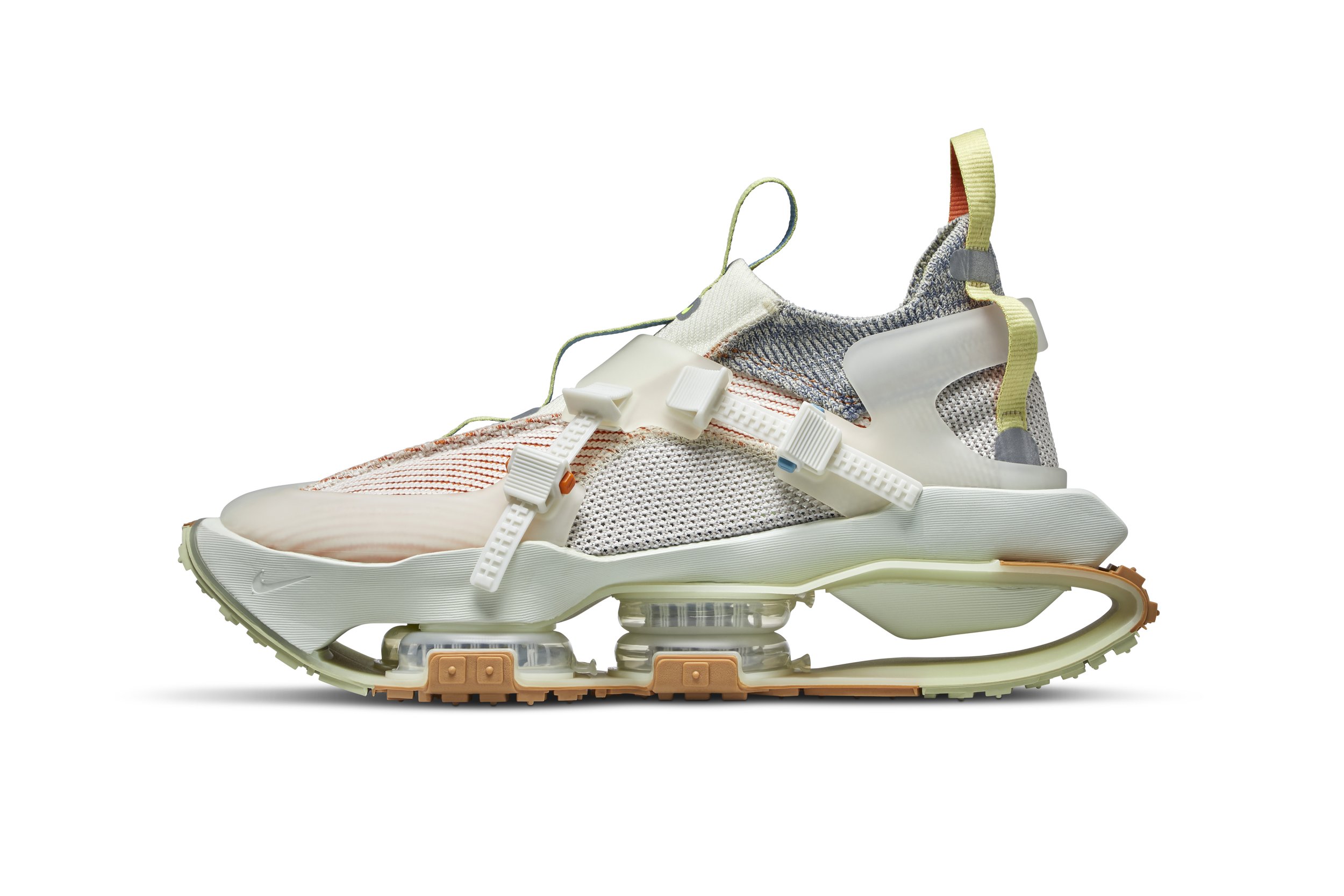
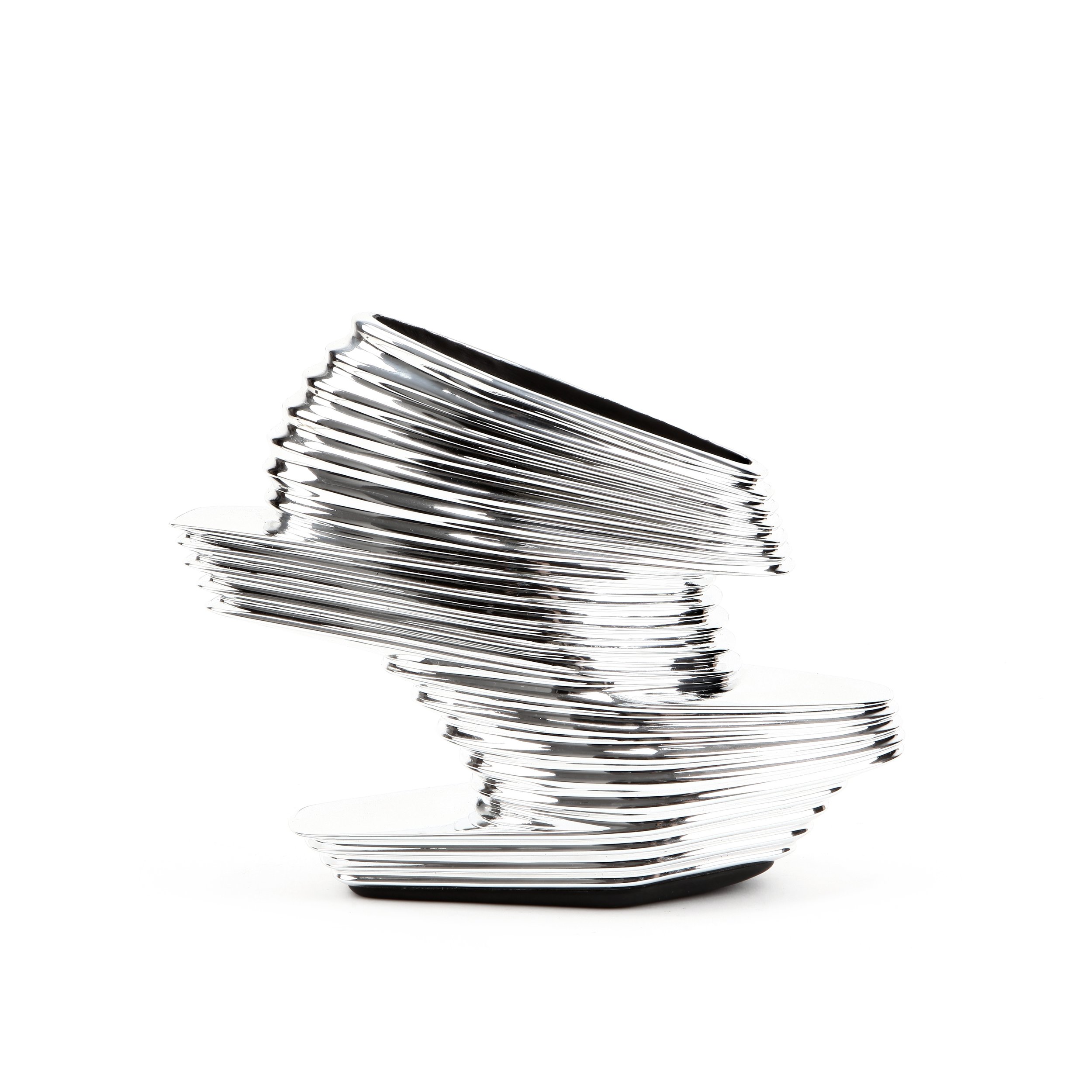
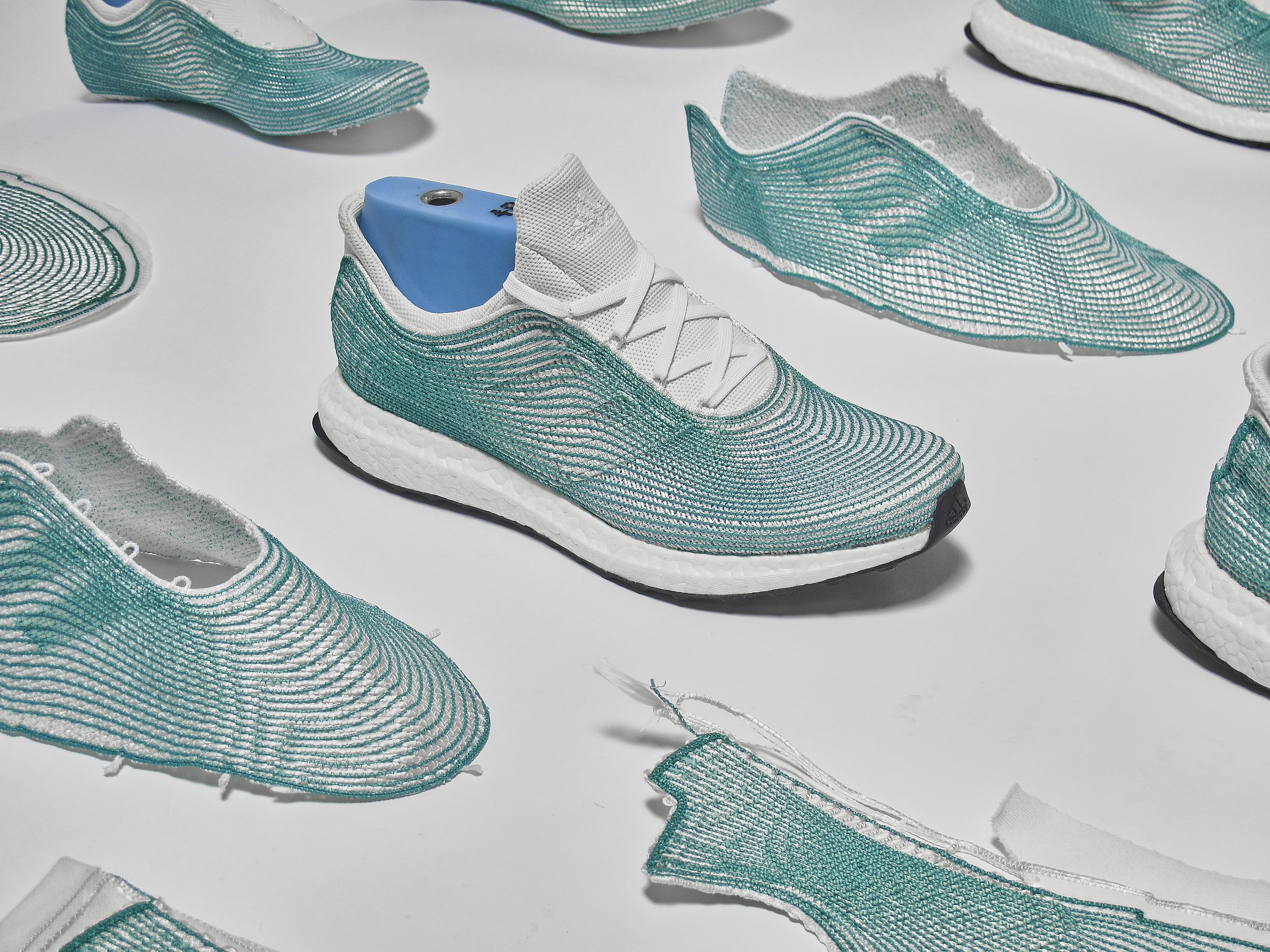
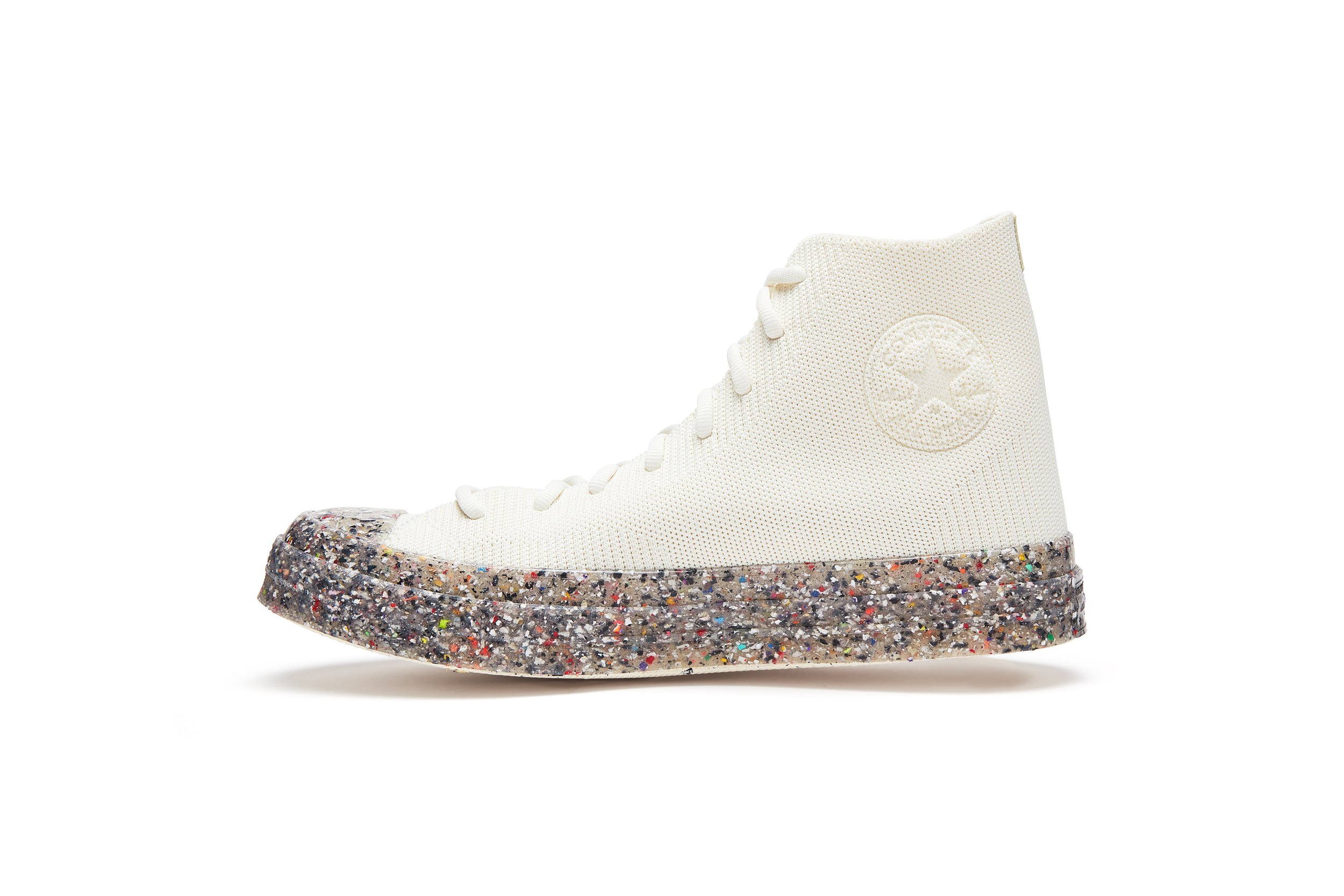
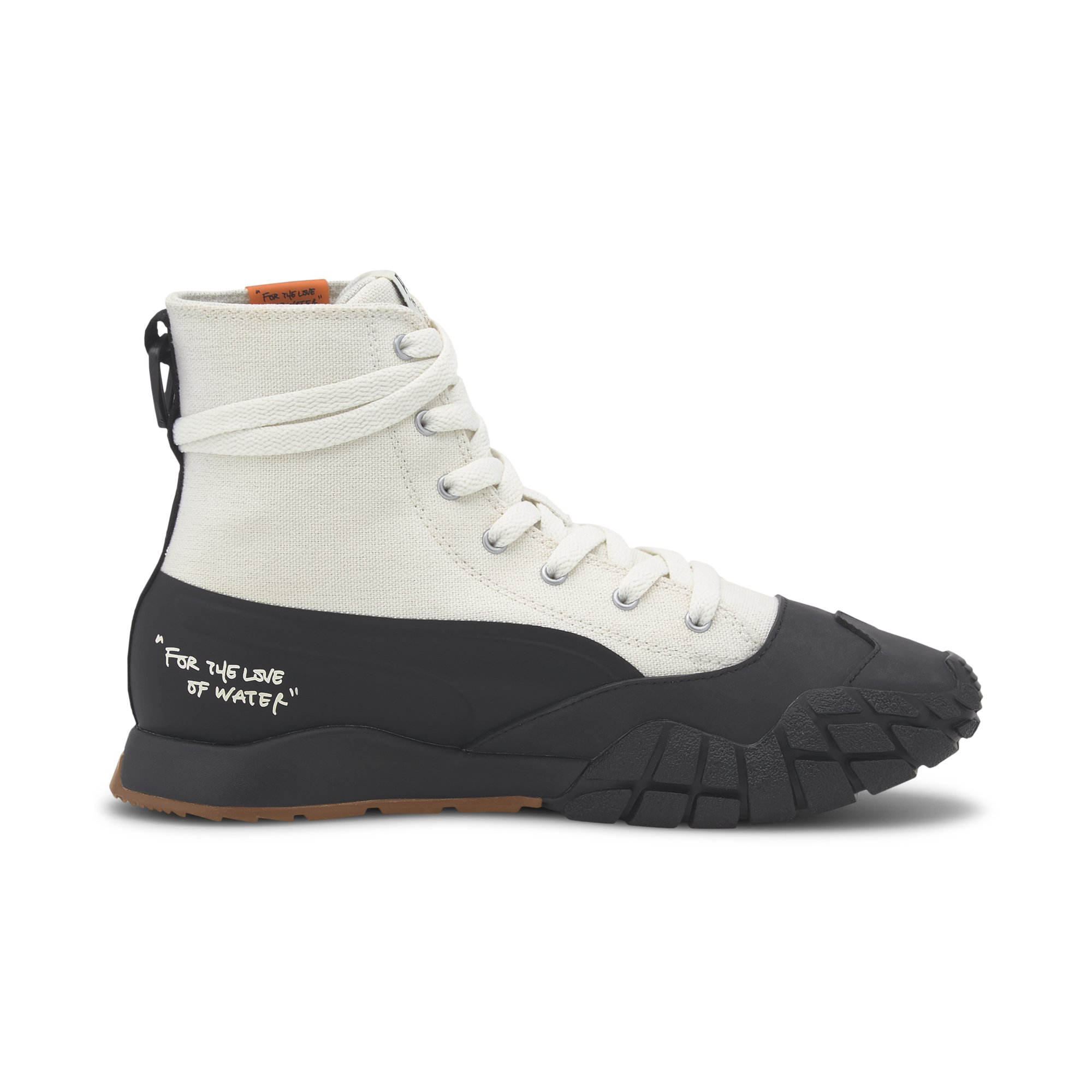
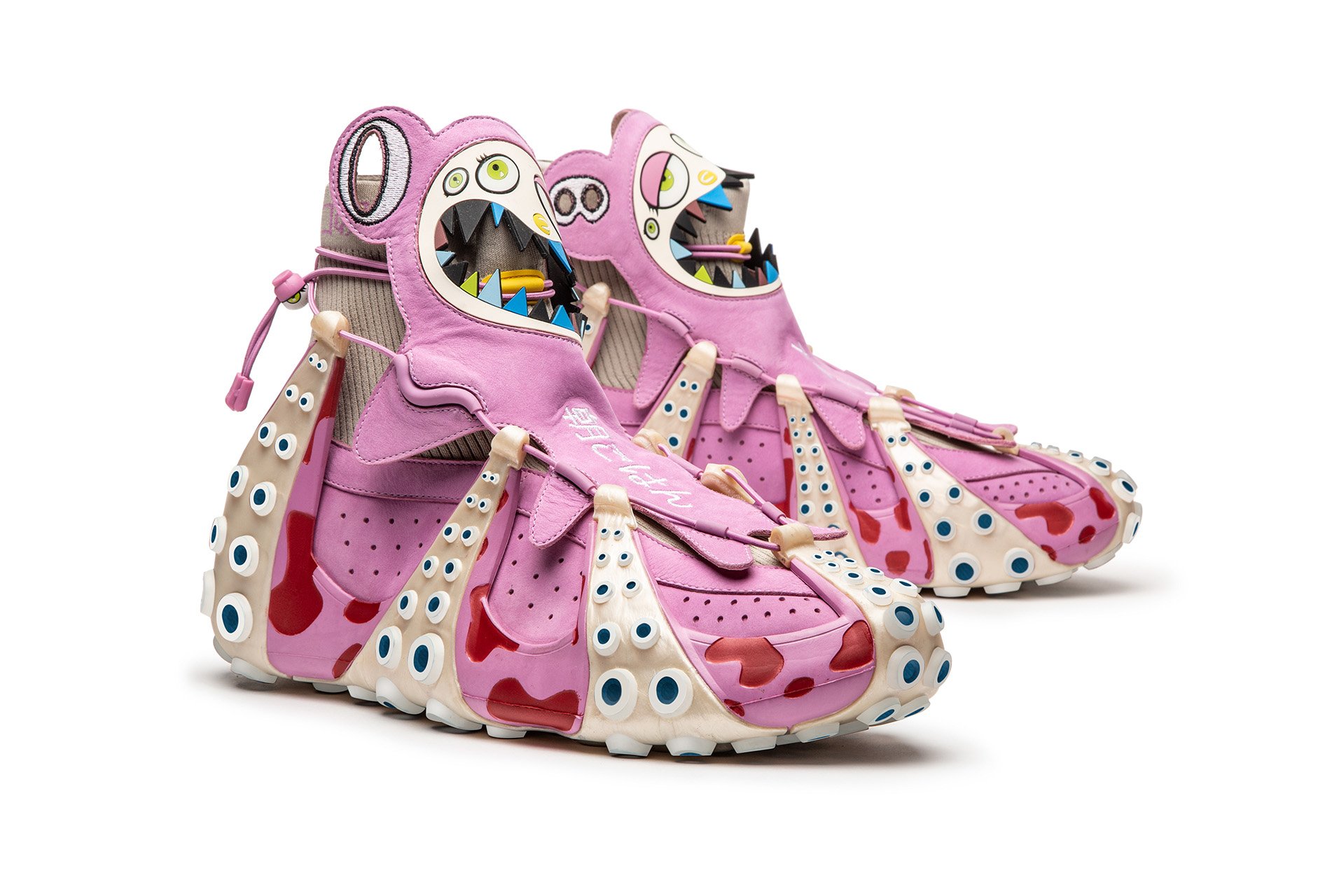
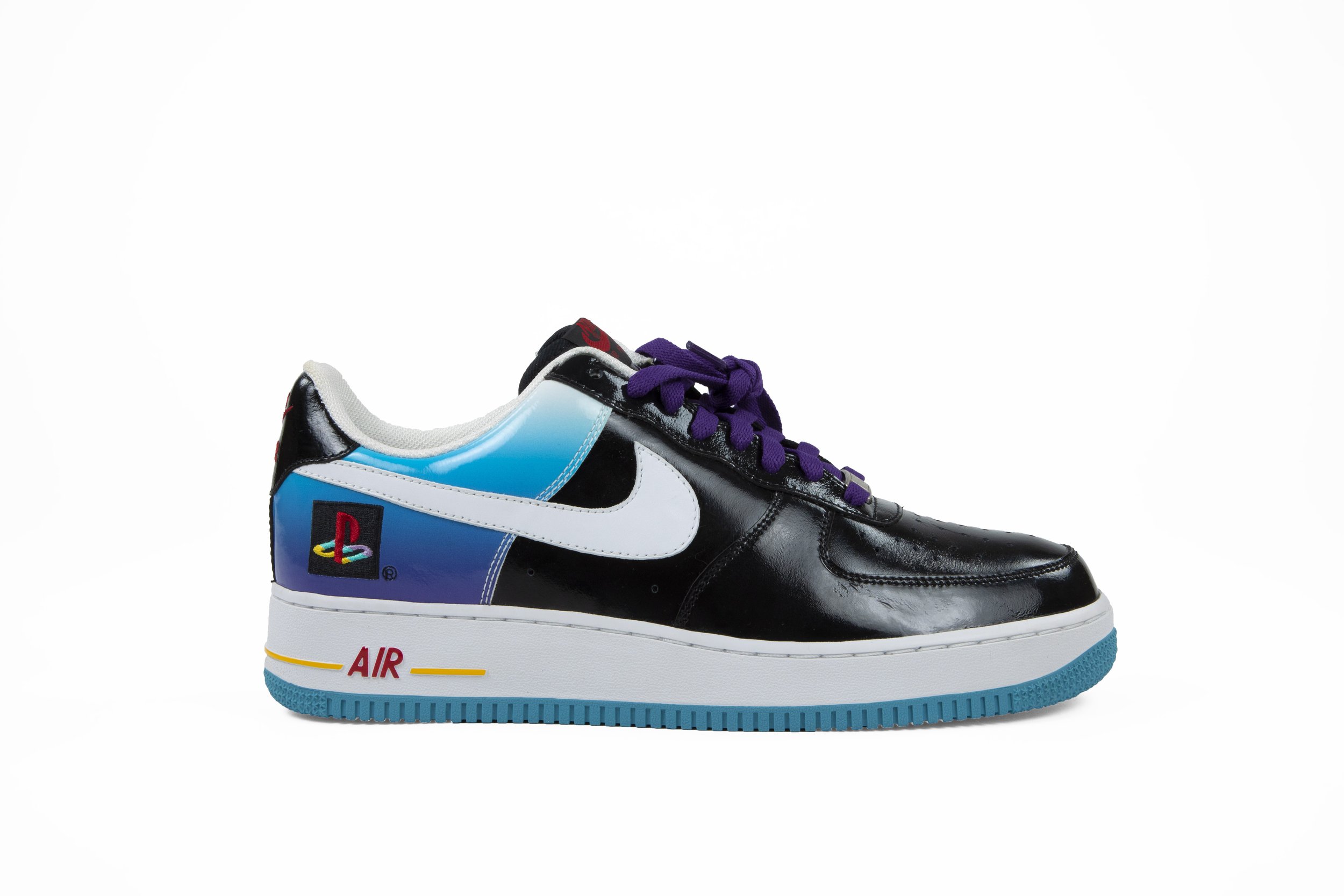
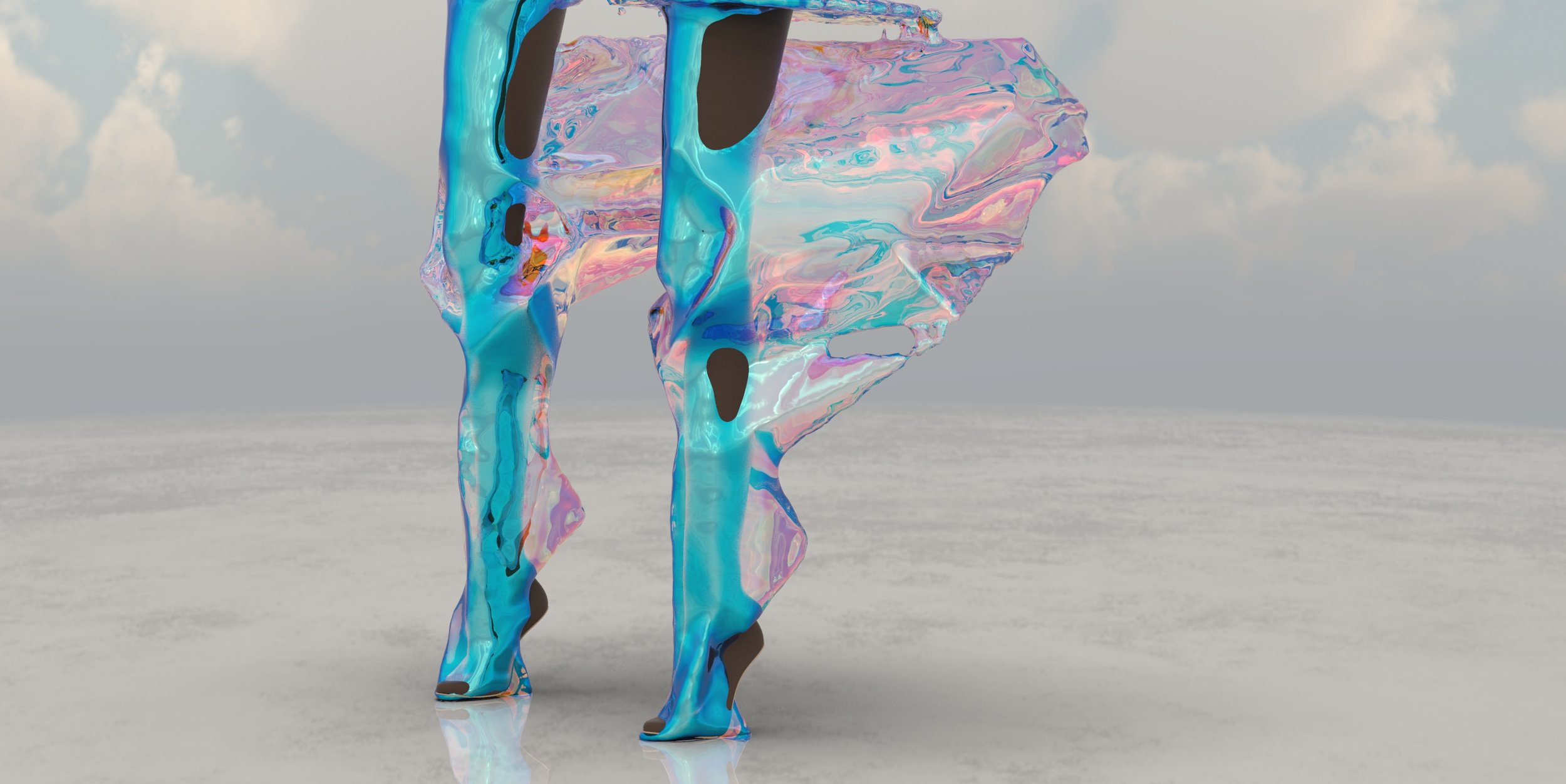
The interviews are perhaps the most valuable aspect of this book, and something one wouldn’t fully appreciate by visiting the exhibition alone. Semmelhack presents a veritable who’s who of footwear innovation with interviewees ranging from Steven Smith, D’Wayne Edwards and Tim Brown, to Ryan Santos and the three founding members of NFT brand RTFKT, Benoit Pagotto, Chris Le and Steven Vasilev - to name only a few.
My favourite parts of the book are the vignettes of advice provided by these highly experienced voices along with their predictions for the future of footwear, which, for Semmelhack, lies in the hands of ‘creators who are willing to be thoughtful and responsive to social change and environmental concerns’.
‘Godfather’ of Sneakers, Steven Smith, advises ‘just because you can do it doesn’t necessarily mean you should do it’; he encourages brands and designers to move away from producing something for the sake of it to produce a better product that makes life better.
For Tim Brown, co-founder of New Zealand brand Allbirds, a better product is a more sustainable product. He argues that the restrictions posed by measuring carbon footprint as a singular metric, far from being the constraint many assume, open up creative opportunities that move us from sustainability as defence to sustainability as offence.
For D’Wayne Edwards, founder of the Pensole Lewis College of Business and Design, the future of footwear is ‘looking at the end and going backwards’. Where everything has previously been built to last, we now need everything to be built to come apart, enabling a circular approach to footwear that caters to end-of-life solutions and material reuse.
As one of the industry’s most innovative designers and educators, I found the interview with Edwards particularly inspiring. His vision is to prepare creatives to understand the whole footwear ecosystem, thereby ensuring a future industry that is less siloed. He also believes consumers have more influence than they realise in changing the footwear industry for the better and that sneaker brands have a responsibility to their consumers to demonstrate there is more to being successful than picking up a ball or a microphone.
Indeed, the empowerment of marginalised kids is something Edwards believes should be facilitated across the full lifecycle of the shoe, from design and production to marketing and consumption. Greater access to education is, of course, the first building block in this process and brands would do well to support institutions and educators like Edwards to ensure a more diverse future workforce.
The last chapter was perhaps the most illuminating for a digital non-native like me. Semmelhack’s interviews with virtual designers such as Ryan Santos (EA sports) and brands like RTFKT reveal, in lay terms, the logic and significance of virtual sneakers, NFTs and augmented reality.
The chapter demonstrates that footwear in the metaverse is currently characterised more by physical to virtual replication or interaction, and the generation of entirely virtual styles that only exist in the metaverse. For many, including Mr. Bailey and emerging virtual designer Antonio Arocho Hernández, the allure of the virtual is that the design process is unbridled by functionality or physics; there are no rules. For this reason, as demonstrated by RTFKT’s experience with the Elon Musk cyber sneaker, when a shoe is designed for the metaverse it can be challenging, if not impossible to replicate it physically, no matter how much consumers may want it.
A key finding of Semmelhack’s research was that those with the most radical and progressive ideas often come from outside the industry. In terms of sustainability, while there are many reasons to return to the traditional craft of shoemaking, the naivety of those from outside the industry enables us to challenge less sustainable traditions and conventions.
As one of those ‘outsiders’, Tim Brown explains that while progressing an idea requires the support of experienced footwear professionals, newcomers are ‘able to ask the seemingly naïve questions, that years and years of experience might preclude asking’.
For many, the future of footwear is in sharing and collaborating. The willingness of Semmelhack’s interviewees to share invaluable information about design, materials, production and development echoes a sense that in light of the climate emergency brands are increasingly willing to work together towards a common goal.
Allbirds are of course well-known for trailblazing a path away from corporate secrecy. As others start to catch up, the Bata shoe museum should be commended for providing an opportunity and platform for this kind of knowledge exchange.
Innovation in footwear design, production and end-of-life solutions is currently growing at an exponential rate. While there will undoubtedly be examples missing from the list, Semmelhack’s selection is comprehensive, well researched and provides a snapshot of progress to 2022. Where it provides its most valuable contribution, though, is through its examination of sustainable innovation. In light of the rising call for the footwear industry to respond to the climate emergency, many will find these insightful and informative perspectives and examples to be an invaluable resource.
In summary, the publication for Future Now is far more than an exhibition souvenir, whether you’ve seen the exhibition or not, it’s an indispensable resource for anyone interested in transforming the footwear industry for the better.
Future Now: Virtual Sneakers to Cutting Edge Kicks closes at Toronto’s Bata Shoe Museum on the 29th of September 2023. Click here for information about how to visit. To order a copy of the exhibition publication, use the link below.

